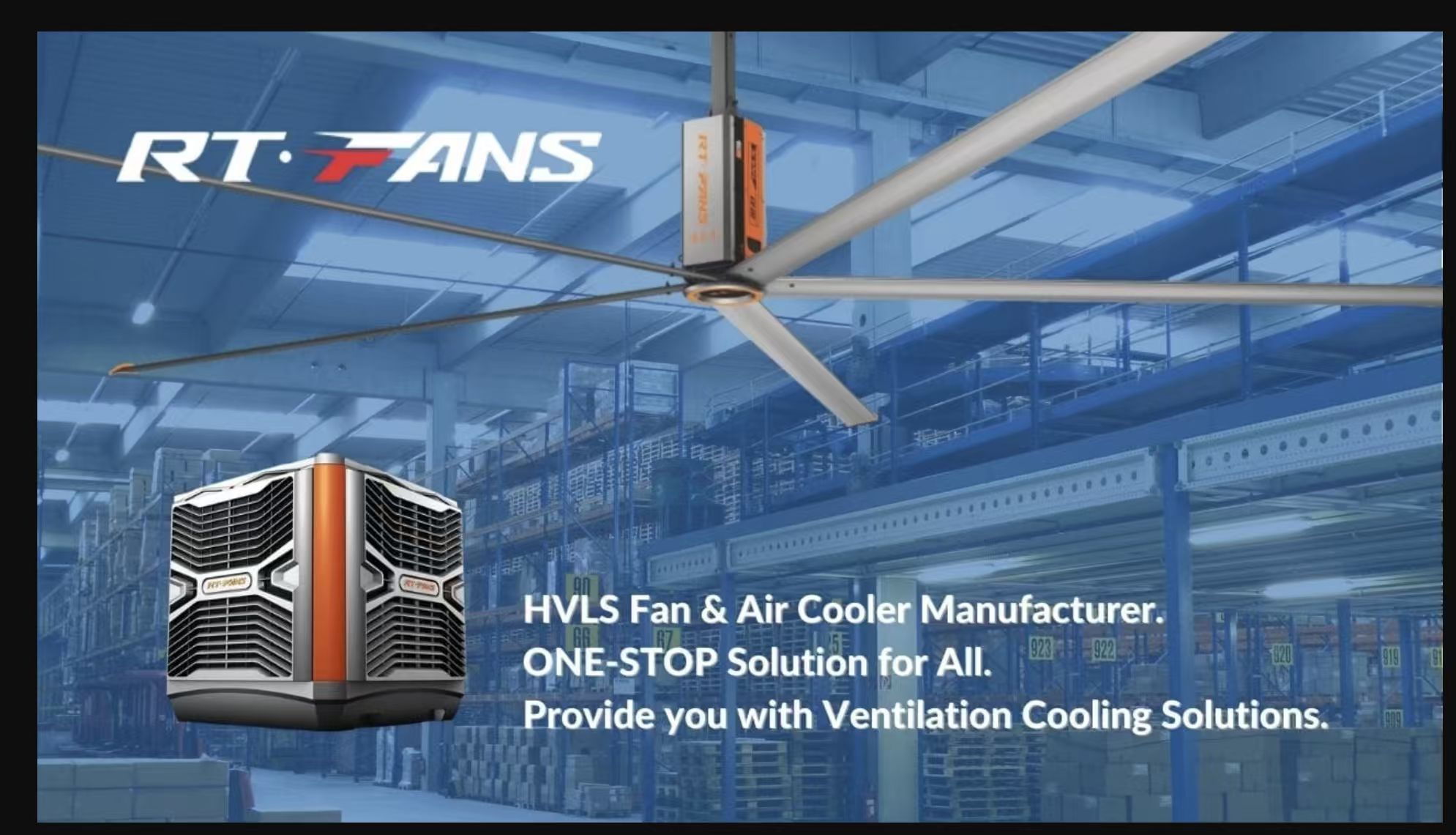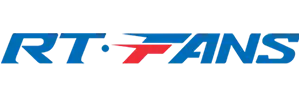Sport halls are also multi-purpose, where basketball matches can be conducted as well as yoga, yet there is always a problem with the comfortable temperature in various multi-purpose rooms with open spaces. During periods of high and low occupancy, high ceilings and excessive activity may result in overheating, which affects performance and satisfaction. Air conditioning (AC) direct cooling is available; however, ceiling fans are an alternative or supplement with wide benefits. In large sports halls, ceiling fans (primarily HVLS models) tend to supplement or even surpass air conditioning, and provide greater airflow, lower operating expenses, and better comfort. With an HVAC load reduction of 20-30 percent and an even distribution of the air, HVLS fans achieve ROI within 18-24 months, making them a smarter investment in sports hall fans compared to AC. We can continue with cooling issues, advantages or disadvantages of each system, complementary use, cost analysis, health advantages, and frequently asked questions by sports hall operators, gym managers, architects, and facility planners.
The Cooling Challenge in Sport Halls

Sport halls with 5,000-20,000 square foot area, 20-40 feet high ceilings pose specific challenges to cooling systems.
Large Volume Spaces and High Ceilings
Due to the high ceiling, there is stratification of the air with the warm air ascending to the ceiling, trapping the cooler air and creating temperature differences of 5-10°F. According to ASHRAE Standard 55, discomfort due to unequal cooling diminishes thermal comfort and thus brings about dissatisfaction.
Fluctuating Occupancy
The occupancy ranges between 50 when there is a class to 500+ when there is an event, resulting in heat loads of 100-150 W/person. This peaks demand leading to hot spots in which cases.
Traditional HVAC Struggles with Uniform Coverage and Energy Efficiency

HVAC systems are engineered to serve constant loads; they overcool when unoccupied (wasting energy) and underperform at peaks, which takes 40-60% of the venue’s energy. Ductwork does not necessarily cover all regions, resulting in stagnant regions.
Air Conditioning in Sport Halls: Pros and Cons
AC reduces the temperature of the air directly, but is limited in sports halls.
Pros: Strong Cooling Capacity, Useful in Hot Climates
AC performs best in hot conditions (>90 F), and offers quick cooling of high loads. It is compatible with zoning to control it, in line with ASHRAE 55.

Cons: Expensive to Install and Operate, High Energy Demand, Uneven Cooling, Maintenance-Heavy
A mid-sized hall costs 20,000-100,000 to install and $5,000-15,000/yr in energy (5-20 kW draw) in OPEX. Imbalanced distribution results in drafts and maintenance (filters, refrigerant) are common, having a life of 10-15 years.
Ceiling Fans in Sport Halls: Pros and Cons

The HVLS ceiling fans with 8-24 foot diameters can move 100,000-400,000 CFM at low speeds.
Pros: Large-Scale Airflow, Reduce Perceived Temperature by 5–10°F, Energy-Efficient, Low Operating Cost, Quiet

One unit has fans that cover 10,000-22,000 square feet to create a wind chill that makes it 5-10°F colder. They consume less than 1.5 kW, are silent (under 35 dB), and have low OPEX (200-500/year), with life cycles of 15-20 years.
Cons: Do Not Lower Actual Air Temperature, Performance Depends on Design/Placement
Fans do not cool, only make it more comfortable through motion, and must be correctly positioned to prevent drafts.
Ceiling Fans + AC: Complementary Use
The cooling of indoor sports combines fans and AC. AC air distribution (fan) saves 20-30% of the load and provides higher setpoints (3-5°F, saves 4%/deg). According to ASHRAE energy standards 90.1, this hybrid has no hot spots. A 10,000-square-foot hall (4 HVLS fans on AC) achieves 25% energy saving. of the energy use.

Cost & ROI Comparison
AC: High CAPEX + OPEX
AC CAPEX is $20,000-$100,000, OPEX $5,000-$15,000/year. The maintenance is high, and with a 5-10 year ROI.
HVLS Fans: Lower CAPEX, Quick Payback
Fans CAPEX $10,000-$40,000 (2-4 units), OPEX $200-$500/year. ROI 18-24 months from 20-30% savings.
Combined Approach: Long-Term Efficiency and Comfort
Ranging between 25-35% saved on energy, ROI 2-3 years, hybrid systems provide the most optimal balance between gym ventilation fans and air conditioning.
Health & Comfort Perspective
Fans Improve Air Circulation, Reducing Stuffiness and Sweat
Airflow also eliminates stagnation and has 15-20 percent less CO2 with better IAQ according to ASHRAE 62.1. This reduces the buildup of sweat, increasing comfort.
Stable Indoor Climate Benefits Athletes’ Performance and Spectators’ Comfort
Spectators gain 10-15 percent endurance through improved oxygen delivery; the fans gain even temperature, making spectating more satisfying.
FAQ: Common Questions About Cooling Sport Halls
- Can ceiling fans replace AC in hot climates?
Yes, in moderate heat, but not in extremes, where fans are used to supplement the AC, which is better in sports halls, ceiling fans, or AC, which would save 20-30% in cost. - Do HVLS fans save energy when used with HVAC?
Yes, they reduce HVAC load (20-30 percent) by distributing air, so HVLS fans are an efficient alternative to HVAC systems. - Which is more cost-effective for sports facilities: fans or AC?
Fans also incur lower CAPEX and OPEX, and have a rapid ROI, making them cost-effective in cooling large indoor gyms.. - How do fans integrate with HVAC in large venues?
They increase distribution, which enables increased setpoints in terms of cooling sports halls in an energy-efficient way.
Conclusion
Strong cooling in sport halls is needed with ability to provide uninterrupted cooling with regard to load but AC is costly and bumpy. One is sport hall fan vs AC Sport hall fan which is complimentary or more efficient than AC whose coverage is wider. The ceiling fans offer an intelligent addition, or even better alternative, to air conditioning that ought to be taken into consideration by the managers of the sport halls to ensure minimal expenses, improved comfort, and sustainable usage. RTFANS is a firm with 20+ years of experience that is offering custom HVLS. We should be called to make your hall cool, your athletes and audiences will need it.
